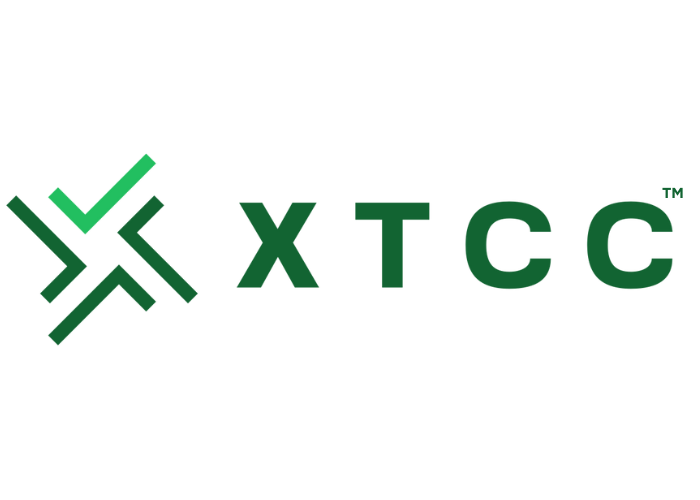Reuters
Explainer: How do carbon offsets factor into UN COP28 climate talks?
T.Brown3 months ago
Nov 28 (Reuters) - Countries will be trying at this year's COP28 climate summit to resolve details over how to establish international trading for carbon offset credits. Here's what you need to know: Some governments and companies may struggle to reduce their planet-warming greenhouse gas emissions to meet their climate targets. Supporters of carbon offsets see them as key means to help meet these goals. These offsets allow one nation or company to offset some of their emissions by paying for actions to cut emissions elsewhere. These actions might include rural solar panel installations or converting a fleet of petrol buses to electric. But critics say offsets disincentivize countries and companies from taking stronger action themselves on global warming by allowing them to buy their way out of climate targets. Offsets are packaged and traded as credits, with one credit being equivalent to one metric ton of carbon dioxide. At the COP26 climate summit in Glasgow, negotiators reached a breakthrough agreement to regulate trading of carbon credits, in schemes first envisioned in Article 6 of the 2015 Paris Agreement. Article 6 provides for two types of trading: bilateral deals in which nations have more freedom to set their terms, and trades within a centralized system overseen by a new U.N. body. The Glasgow agreement spelled out enough of the rules to allow for bilateral swaps of offsets, called "internationally transferable mitigation outcomes" or ITMOs for short. While these bilateral exchanges have yet to take place, there are several countries vying to complete the first transaction as soon as this year. The Swiss fossil fuel group KliK Foundation said that, while it would help to have COP28 spell out bilateral rules more explicitly, it will continue plans to purchase ITMOs regardless. "Had we waited for COP decisions, we would be nowhere," KliK managing director Marco Berg said. Setting up a multilateral trading scheme under the U.N. has been trickier, as negotiators and a recently formed supervisory body debate rules for issuing credits and how to account for them in trading. If the key points are resolved this year, the system could launch as soon as 2024. But experts say that seems unlikely, pushing a launch back to 2025. This year's discussions will focus more on setting up the U.N.-run multilateral scheme, including adopting standardized methodologies for determining how credits can be issued. For example, countries will need to decide if credits should be issued only for demonstrated emissions reductions, or if projects that aim to avoid releasing emissions can also qualify. These emissions avoidance efforts might include a nation choosing not to drill their oil reserves or a nonprofit protecting a forest that might otherwise be cut down. Protocols need to be agreed for countries to authorize private offset sales abroad, as well as when a country can revoke or revise that authorization - for example, if a project is discovered to be violating human rights. Negotiators will also look at whether reforestation efforts should be allowed within the multilateral scheme, and how to handle issues such as forests burning down after credits are sold. "Article 6 probably won't be at the top of the political agenda this year, even if carbon markets will still be a big topic for the private sector in particular," said Gilles Dufrasne of Carbon Market Watch. But that may help the Article 6 negotiations to "avoid extreme politicization" and allow the technical delegates to get key work done, the carbon trading association IETA said in a Nov. 16 written analysis. Separate from the offsets trading envisioned under the Paris Agreement, there are two existing types of carbon markets – compliance and voluntary. Compliance markets apply to companies and sectors where emissions cuts are mandatory by law. They most notably operate in the European Union, the U.S. state of California and some other countries. Rules vary, but they typically require companies to buy a permit for every tonne of carbon they emit - effectively forcing firms to pay when they pollute . Compliance markets globally are worth $865 billion as of 2022, according to London Stock Exchange Group. The EU's market makes up the vast majority of that sum, but it does not allow any international offset credits , such as those under Article 6. Some companies that are under no legal obligation to cut their emissions have set voluntary targets, which they can meet partially through buying credits on a voluntary carbon market. In 2021, the voluntary market was valued at about $2 billion worldwide. It is not yet clear how various existing carbon markets might play into the U.N.-run trading scheme, which also would depend on national laws. Some experts fear that voluntary credits sold internationally outside of the Paris Agreement system could result in two countries counting the same emission cuts toward their targets.
Read the full article:https://www.reuters.com/business/environment/how-do-carbon-offsets-factor-into-un-cop28-climate-talks-2023-11-28/
0 Comments
0
/cloudfront-us-east-2.images.arcpublishing.com/reuters/MVHY2JMKVNII5LD6M4VZI5GR74.jpg)
/cloudfront-us-east-2.images.arcpublishing.com/reuters/N5EHTOMKK5PERDYXSR3T74EXRE.jpg)















